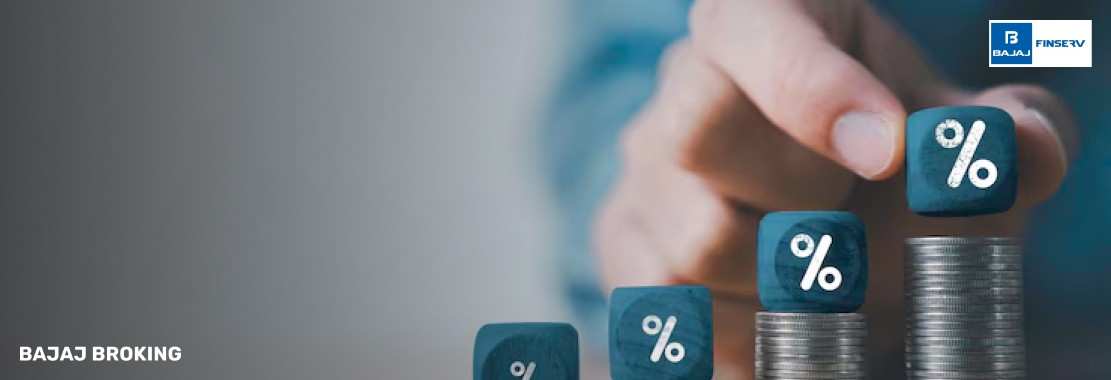Significance of Risk-Return Trade-Off in Mutual Funds
This trade-off is clear in every mutual fund you buy.
a) Helps You Pick the Right Fund:
Equity funds are riskier than debt funds, but they also have a better chance of making more money. How much danger you're willing to take will determine where you feel most comfortable putting your money.
b) Helps You Compare Funds That Are Similar:
On paper, two funds might seem equally risky, yet they might give you different returns. You can use the Risk Return Trade Off to see whether one really gives you a greater payout for the risk.
c) Helps You Keep Your Portfolio Balanced:
You don't have to put all your money into high-risk assets. You can make a balance by putting safer funds together with riskier ones. One side will give you constant returns, and the other side will give you growth potential.
Applications of the Risk-Return Trade-Off
This idea isn't just a theory; it affects choices.
a) Building a portfolio: Fund managers use it to figure out where to put money. They can then seek for rewards that match the level of risk you're willing to take.
b) How to tell how well a fund is doing: Have you ever pondered if the risk is worth the returns? The trade-off lets you see if the result is worth the risk.
c) Making plans: You can make an investing strategy based on how much risk you're willing to take. This is how this trade-off discreetly helps you make decisions.
Methods to Evaluate Risk-Return Trade-Off
Numbers help make this trade-off clearer. Three common measures stand out:
a) Standard Deviation: This tells you how much the returns on an asset vary from the average. A high deviation suggests that things can change a lot (greater risk), whereas a low one means that things stay the same.
b) Beta: Beta shows how much an asset's price changes as the market changes. If a beta is 1, it moves with the market. If it's more than 1, it moves more, and if it's less than 1, it moves less.
c) Alpha: Alpha shows how much more money you made than the benchmark. If alpha is positive, it means the stock did better than expected. If alpha is negative, it means the stock did worse than expected. It's a technique to see if risk is turning into real profits.
Ways to Calculate Risk-Return Trade-Off in Mutual Funds
Here's how you can tell for mutual funds:
a) Alpha: If your fund that tracks the Sensex has a positive alpha, it has done better than the index. A bad alpha? It hasn't done well. That's the easiest way to understand it.
b) Beta: A beta of 1 means that the fund follows the market. A beta of 1.1 signifies that it moves a little more than the market, and a beta of 0.9 says that it moves less.
c) Sharpe Ratio: The Sharpe Ratio shows you how much return you get for the risk you incur. A greater Sharpe Ratio means that the fund is generating superior returns that take risk into account. This is a neat approach to assess if the risk is worth it.
Implementing Risk-Return Trade-Off in Portfolio Strategy
This is where you really feel it: growing your portfolio.
a) Finding a balance between the two: A lot of investors go after large profits without looking at the hazards. The trade-off reminds you that both are linked; if you don't think about one, your decisions aren't complete.
b) Mixing asset classes: Bonds are normally less risky and have smaller returns, whereas stocks are riskier but have more potential for growth. This information will help you choose your combination.
c) Taking into account your stage of life: If you're young, you could be able to take on more risk because you have more time. If you have EMIs or debts, nevertheless, hazardous bets may not be a good idea. Age isn't the only thing that matters.
Key Factors Influencing Risk-Return Trade-Off
There are different things that make the equilibrium go one way or the other:
a) What kind of asset it is: Shares are usually riskier than bonds, but they can also make more money. The kind of investment you make has a tremendous effect on the result.
b) Time horizon: Long-term investments are usually riskier, but they can also pay off more. Short-term ones frequently lower the risk, but the payoff is usually little.
Conclusion
You can't hack the Risk Return Trade Off. It just goes to show that risk and return go hand in hand. You can't go after one and ignore the other.
In the end, the option is yours based on how comfortable you are with uncertainty. Some people want to take things slowly and steadily, while others are willing to take a chance on a larger risk. Both are fine as long as you know what you're giving up.





